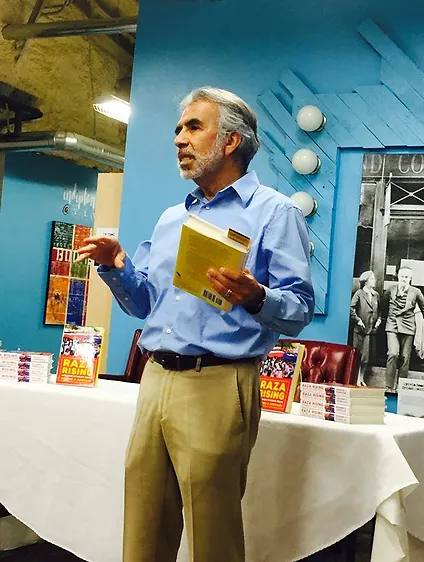A prized hallmark of the United States is its long tradition and practice of creativity. Many innovative inventions, paintings, books, and medical breakthroughs were created by Americans. One reason for the development of patent and copyright laws is to protect and encourage creative ventures. The US is subject to many international acts of pirating, stealing of trade secrets, and patent violations by competing countries such as Russia and China. A country’s future is dependent upon its citizens’ ability to create solutions.
Some Big C creatives are: Stephen King (The Shining, et al); Gabriel Garcia Marquez (Love in the Time of Cholera, et al, winner of the Noble Prize for Literature); Toni Morrison (Beloved, et al winner of the Noble Prize for Literature); Marie Curie, discovered X rays (winner of the Noble Prize for physics and chemistry and the first woman to receive the prize and the first person to receive the prize in two different scientific fields); and Jonas Salk, invented the Salk vaccine that cured polio. Before the vaccine, polio patients would spend extended time in iron lungs or metal capsules that allowed the weakened lungs to recover and the patient to breathe. Some polio victims were left disabled for life or died. We are all creatives and don’t need to win the Noble Prize to certify that we can create good and outstanding works. We can develop our creativity through practice, patience, and perseverance.
Definition
Definitions of creativity are: “Development of ideas, products, or solutions that are perceived both as (a) unique and novel and (b) relevant and useful”; “Creativity is the ability to find new solutions to a problem or new modes of expression; thus, it brings into existence something new to the individual and to the culture.” Dr. Betty Edwards, Drawing on the Right Side of the Brain. A participant at the workshop said a synonym for creativity is originality. To excel in our writing, we must learn to nurture and tap into our creativity often and quickly. I’m an adherent of fast writing.
FLOW
A highlight of creativity is the FLOW experience. Mihaly Csikszentmihalyi, a Hungarian psychologist, studied thousands of creatives throughout the world and developed this concept. The FLOW state is characterized by:
- A creative performing an activity is fully immersed in a feeling of energized focus, is fully involved, and finds enjoyment in the process.
- Person is completely absorbed in what one does and has a resulting loss in one’s sense of space and time.
- FLOW state is sometimes called “In the Zone” as popularized in sports. If we observe athletes, musical performers, or actors when they’re at their best, you may detect their transition into the FLOW state. The more we improve our writing skills, the more likely the writer will experience the FLOW.
Csikszentmihalyi also discovered creatives tend to be autotelic or self-motivated. The word is derived from Greek: auto– for “self” and –telic for “goal”. These individuals are curious, willing to perform hard work, not egocentric, engage in creative activity primarily for the pleasure and secondary for the anticipation of reward. The belief that outstanding creatives are suffering souls or dependent on substances is a myth.
Characteristics of the FLOW state are: highly focused, clarity of goal, time distortion i.e. time either slows down or speeds up, intrinsic reward from the work, self-confidence, balance of skill with the challenge, blending of mind and activity, ability to perform multiple tasks to achieve goal.
Csikszentmihalyi developed the following chart to place the FLOW in context with other emotional states. Please notice the coordinates are divided by challenge and skill levels. The higher the skill level the more likely the writer may experience FLOW. However, the reverse is true, the lower the skill level the more likely the writer may experience distressing emotions. The moral is obvious: practice and patience will guide us toward improved writing and joy.
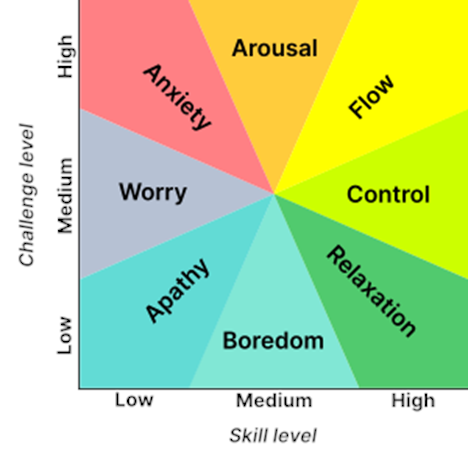
Characteristics of Creatives
Creatives are complex individuals. They are:
- Extroverts and introverts.
- Curious and naïve.
- Carefree and disciplined.
- Indulge in fantasy thinking and realism.
- See the world personally and from a global view.
- Vulnerable and experience, joy and sorrow.
- Proud and humble.
- Androgynous in outlook.
- Rebellious.
- Enjoy socializing and need alone time.
Stimulating Creativity
Creative stimulants are journaling, doodling, free writing, brainstorming, physical exercise, socializing with different people outside our regular cultural circles, listening to classical music or jazz, meditating, or going to art museums. Alcohol and drugs are not healthy or helpful stimulants.
The creative process involves:
- immersing yourself in the topic,
- incubating on ideas or ruminating on the various possibilities,
- waiting for an aha moment,
- evaluating the concept to see if it merits time and work,
- elaboration in writing which is 90 percent of the process.
When an idea grabs the creative, assess whether the concept has been done before. If it has been done before, ask how is your concept different? Know the genre you elect to write in by reading books in that field. Learn the expectations for that genre. Psychological terms for the creative process are divergent and convergent thinking. Divergent thinking is the ability to think of a variety of possibilities that are different from existing norms. Parents can help stimulate divergent thinking in their children through make-believe play, reading stories, learning a foreign language or visiting foreign countries. Convergent thinking is synthesizing the diverse thinking into a pattern. Research has shown it’s harder to perform divergent than convergent thinking.
Writer’s Block
To overcome writer’s block, consider
- writing on a schedule at a particular time of day or night;
- silence the internal critic through humor;
- view writing as a craft—not artistry;
- take a break from writing to defuse frustration;
- find a writing partner who will hold you accountable and vice-versa;
- attend therapy to assess what is the source of the block – this does not mean you have a mental illness;
- de-clutter your writing area;
- make your writing area as warm, inviting, and conducive to writing as possible;
- free write or write whatever comes into your mind in whatever order the words flow;
- remind yourself that writing was your first love.
Way of Life
Know that being creative is not a hobby but a way of life. It doesn’t call for a radical change in personality but instead a heightened awareness that exploring different roads can offer rich rewards.
- Accept it’s OK to make mistakes. We learn from taking risks, failing, and attempting again to improve.
- Use humor to disarm the inner censor. Make light of the self-critic that surfaces to cast doubt on our skills.
- Learn to play and laugh. Writing is work, but frivolity offers fresh insights.
- Practice your skills to reach the flow. The writing pad you carry can offer spontaneous opportunities to write quickly.
- Question all assumptions. Critical thinking is a helpful tool to see through false images and explanations.
- React differently to your spouse or boyfriend or girlfriend. For example, if you engage in argument with your partner, tell the person they are right before the conflict escalates. See that person’s reaction to your “capitulation.”
- Make the familiar strange. Another example: drive a different route to your job, even if it’s longer. Be aware every day—do things differently from your normal routine.
- Write with courage and joy. View creativity as your sword to slice through doubt and self-criticism.
Examples of creative and fast writing
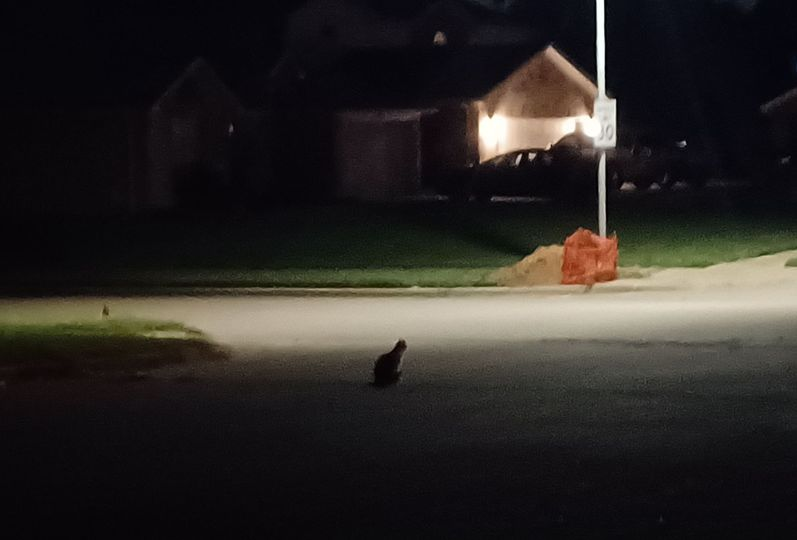 | Cat peers at me in the dark morn, wondering friend, foe, or feast. I tell my feral amigo, I’m like you: a lonely runner in the night, searching for adventurous light. |
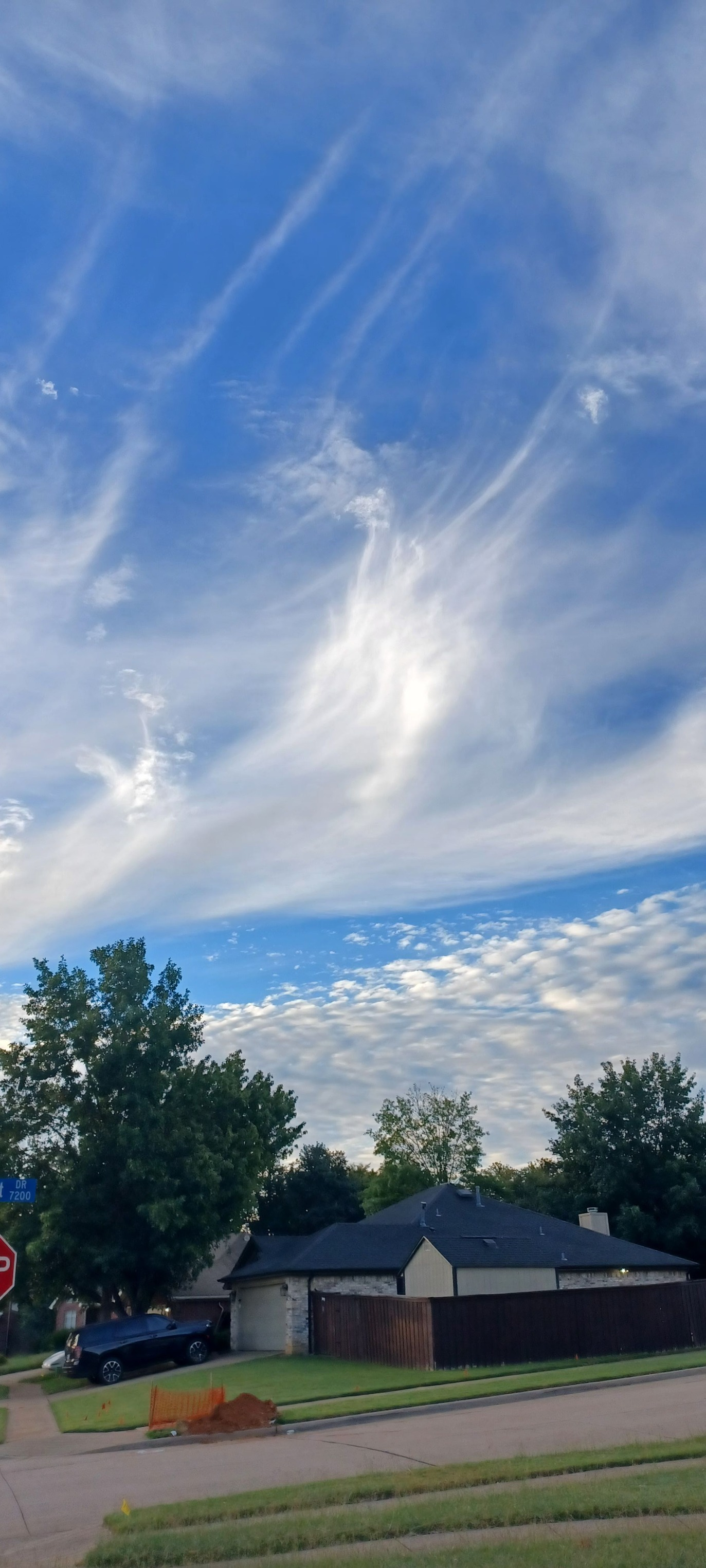 | Ran an 8-miĺer this morn. As dawn rose, the light illuminated wispy clouds, resembling the unbrushed hair of the sky queen after a night of dancing with jesters. |
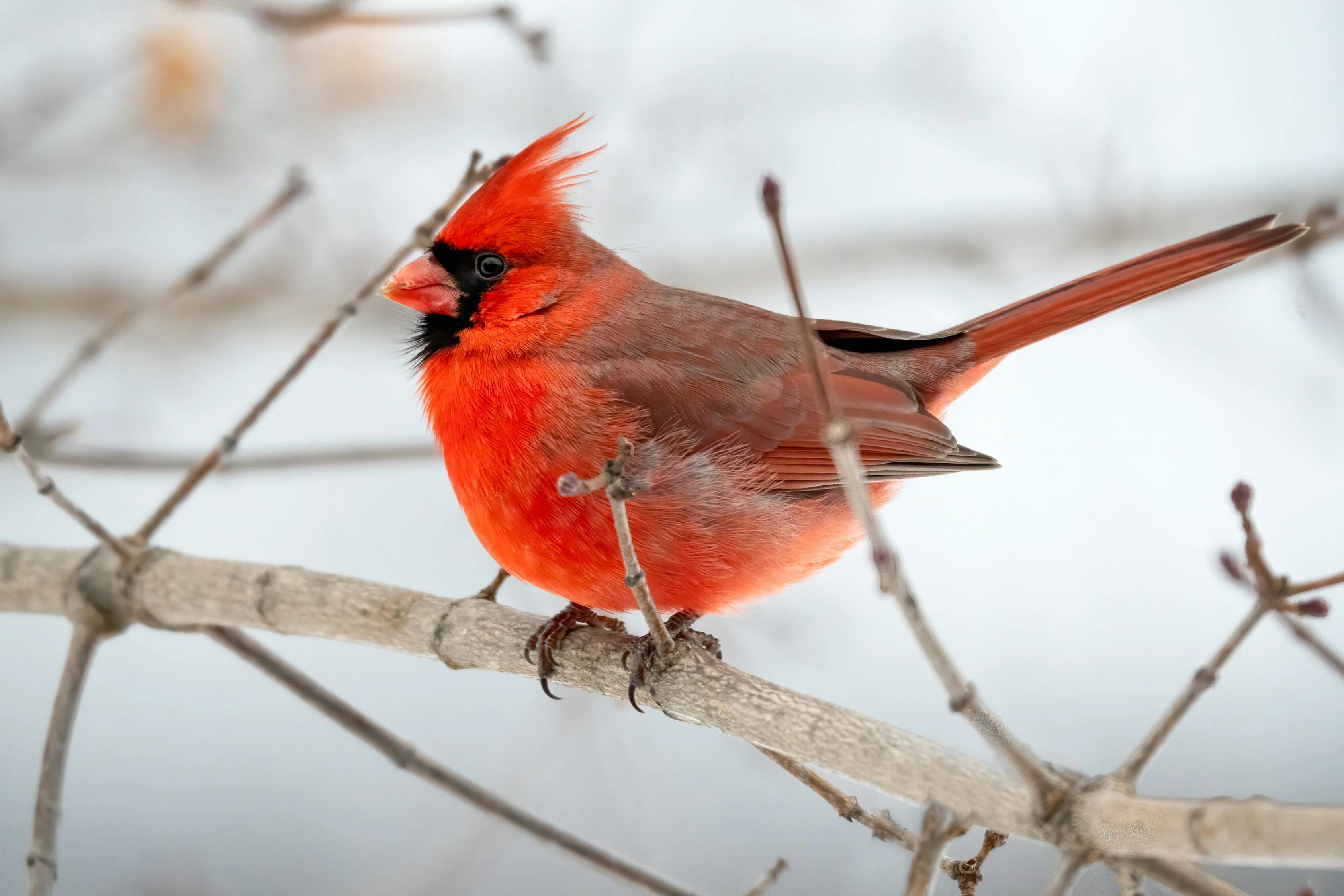 | O cardinal holding firm Against forceful winds In tree outside my window Thank you for finding me To relay the gods’ New Year’s message Fortune favors those Who don crimson wings And fly with skill |
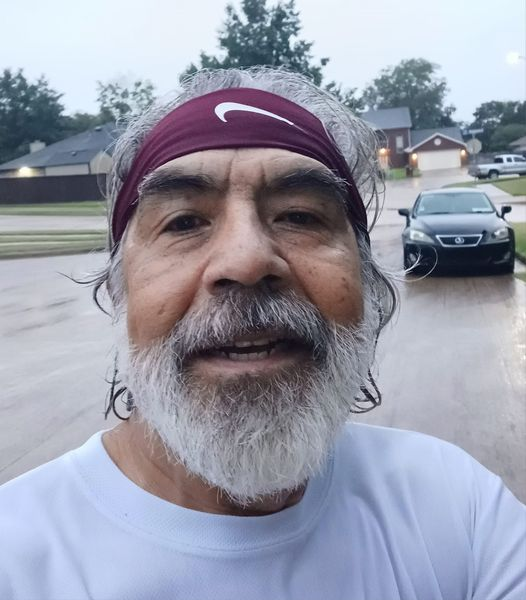 | Blessed rain washes away my worries this morn with a wet kiss. When nature proposes, men sigh. |
Conclusion
The presenter’s poems were written in about five minutes. Try to carry a writing notebook or tablet with you and write as soon as the inspiration strikes. Try not to wait for the optimum writing condition and instead learn to write wherever you find yourself. By delaying, the writer may lose the intimacy and emotion of the moment. Be observant of your surroundings by listening, seeing, smelling, tasting, and feeling. A participant after the presentation said he didn’t think he could write a response in five minutes, but discovered he could. Watch your assumed self-limitations.
In the end, writing is a joyful experience. Through creativity, writers share new insight to readers and enrich their lives. Like any skill, creativity development takes time and work. Through practice, creativity will improve the writer’s works.
Richard J. Gonzales has presented at the Roanoke Writers Conference multiple times. This is an article based on his presentation in 2024.
